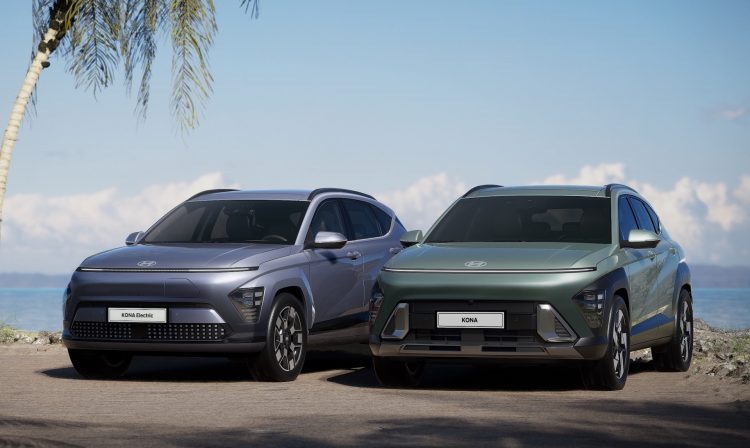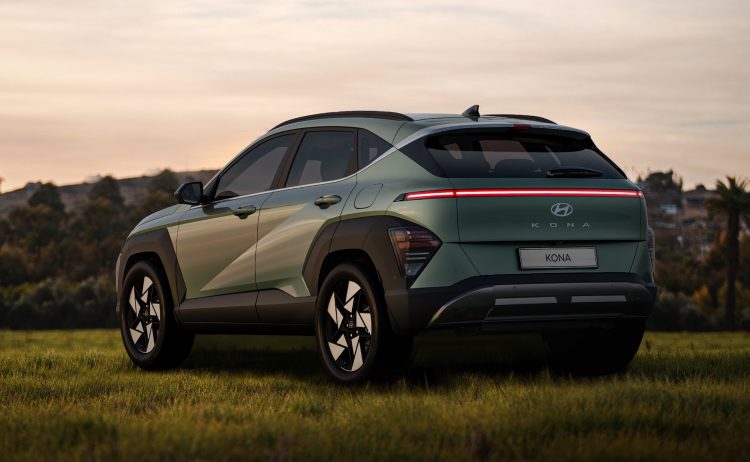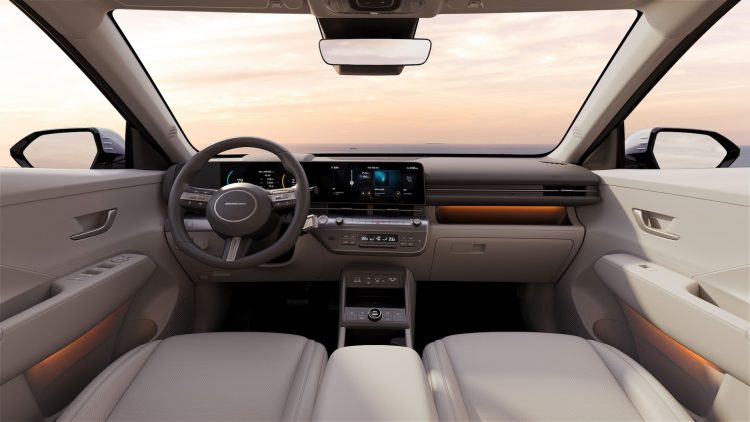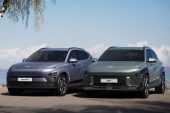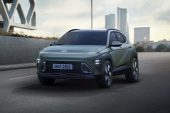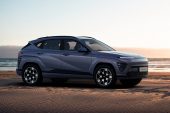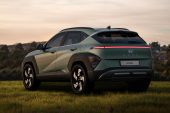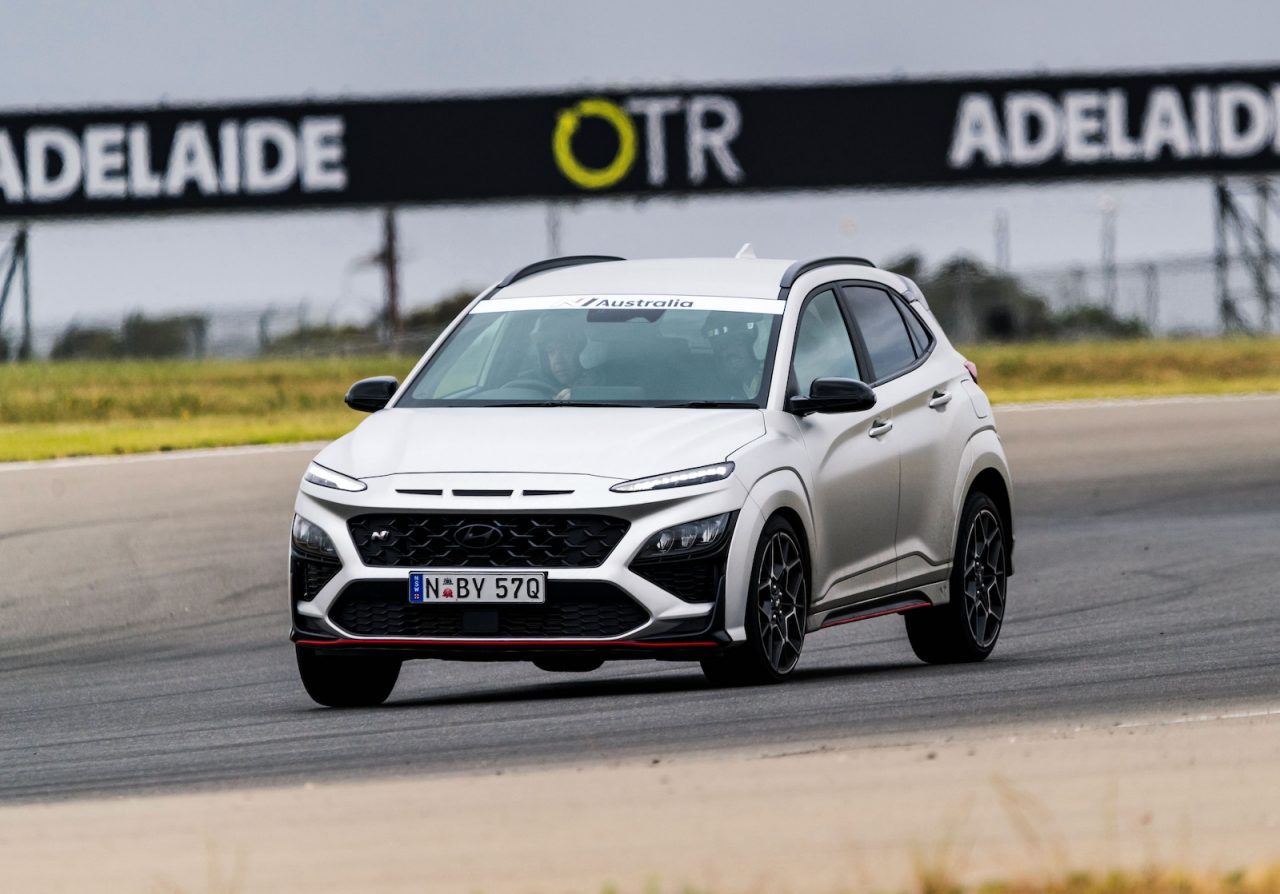Hyundai has taken the wraps off its next-generation 2024 Kona small SUV, which gets a complete design overhaul, more interior space, tech upgrades and an updated powertrain lineup. It’s set to go on sale during the second half of this year.
So far, the details released from Hyundai are only for Korean specification, with the company set to confirm more details of its global lineup in March. This should give us more of an idea of what the new Kona lineup will entail in Australia.
Kicking off with the styling package, Hyundai is keen to expand its bold and futuristic designs first showcased on the Staria people-mover to its fan-favourite small SUV, with the horizontal lightbar making its way across the sleek bonnet and the rear end.
From the side angle, it looks as though the Kona has picked up some sharp lines across the doors, in a nod to the larger Tucson SUV, while the package as a whole looks significantly sleeker.
Far from a styling update, the upscaled Kona now measures in at 4350mm long, 1825mm wide, 1580mm tall and has a wheelbase spanning 2660mm. That makes it 145mm longer overall, 25mm wider, and 15mm taller. The wheelbase is also 60mm longer than the outgoing MY23 version (based on the petrol Highlander).
Hyundai says this translates to 77mm more rear seat legroom, and boot space totalling 723L with the rear seats folded. The front of the cabin has been given a much more minimalist design inspired by its battery-electric lineup.
Tech highlights for the cabin include two 12.3-inch displays that are paired seamlessly into the dash, with Hyundai saying its infotainment system will be capable of receiving over-the-air software updates, as well as offering wireless smartphone charging and NFC sensors that unlock the doors with a touch of a smartphone or smartwatch.
In terms of powertrains, Hyundai says the 2024 Kona will be available in Korea with a choice of two internal combustion units, one hybrid-electric variant and a battery-electric flagship. Hyundai’s entry-level 2.0-litre Atkinson cycle engine produces 110kW/179Nm which is paired with a CVT automatic, while the 1.6-litre turbocharged unit jacks power up to 146kW/265Nm.
The Kona HEV receives a 1.6-litre unit paired with an electric motor, producing 104kW of power and 265Nm of torque, while details of the range-topping Kona EV’s powertrains will emerge in March.
Hyundai also says we can expect to see the N Line treatment carried over for its updated Kona, although we’ll have to wait for the company’s March event for any details of its powertrain.
